Digital Classroom
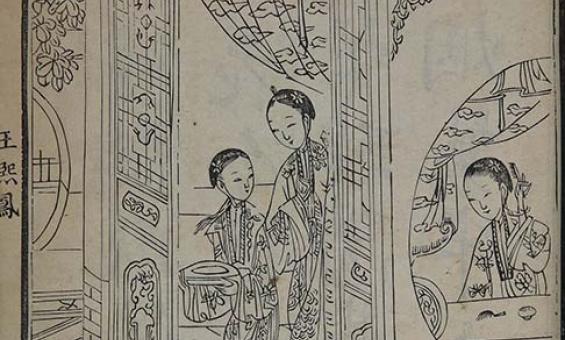
The Story of the Stone (Dream of Red Mansions), Suzhou: Book Room of Collected Literature 1791, National Library of China
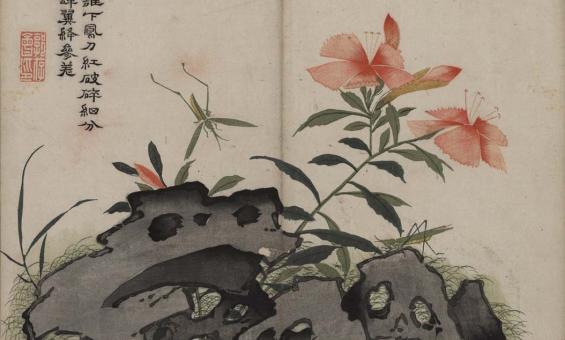
Wang Gai (1645–1707), Painting Manual of the Mustard Seed Garden, Nanjing 1679, National Library of China

The Earl of Elgin's entrance into Pekin on the 24th of October last to sign the Treaty of Peace between Great Britain and China / sketched by our special artist from the An-Tin Gate (Gate of Peace) of the Tartar Quarter, 1861, nla.gov.au/nla.obj-128383685
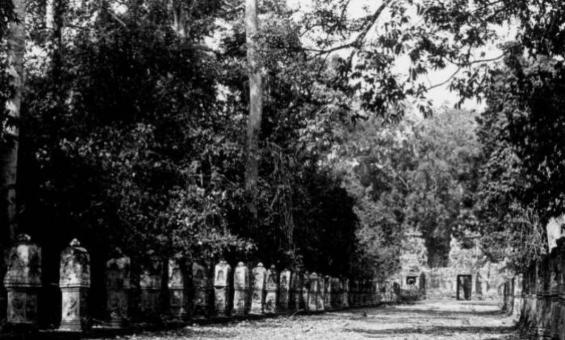
Yves Coffin, [Preah Khan, rows of stone posts lined towards gopura], nla.gov.au/nla.obj-140374253
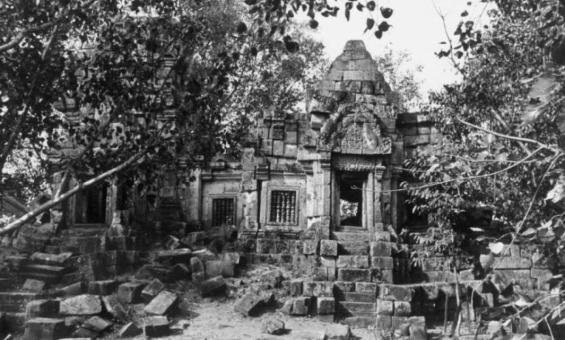
Yves Coffin, [Wat Ek, comprehensive view, southern side], nla.gov.au/nla.obj-140371255
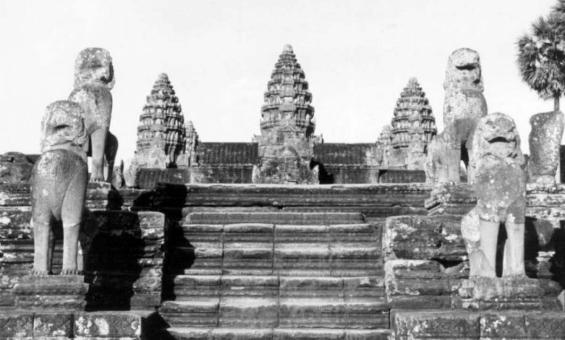
Yves Coffin, [Angkor Wat, perron of main temple and sculptures], nla.gov.au/nla.obj-140376052
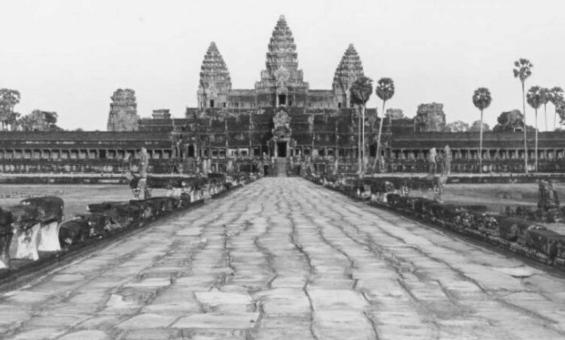
Yves Coffin, [Angkor Wat, view of main temple from western side], nla.gov.au/nla.obj-140376204
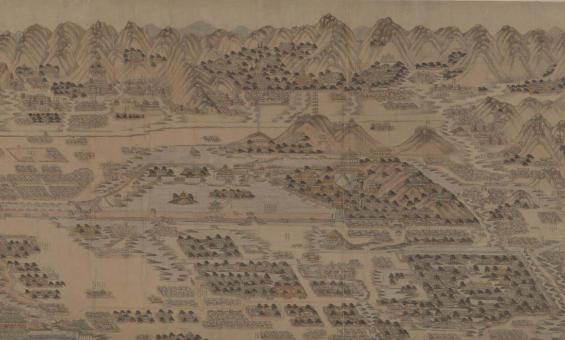
The Five Palace Gardens 1904, National Library of China
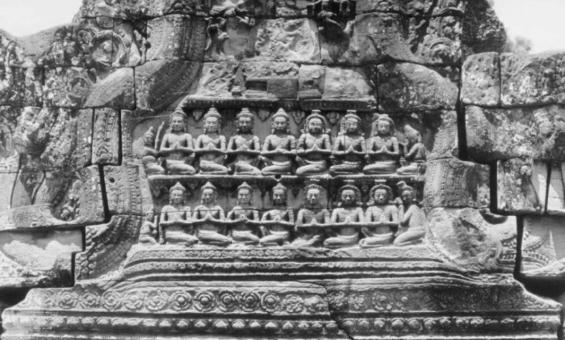
Yves Coffin, [Banteay Kdei, pediment], nla.gov.au/nla.obj-140372605